
Scientists Spot Long-Hypothesized Twisting Magnetic Waves in the Sun’s Corona with NSF Inouye Solar Telescope, Hinting at a Hidden Engine Driving Key Solar Phenomena
For more than half a century, scientists have been puzzled by one of the Sun’s unsolved mysteries: why is its ...

New Instrument at SOAR Achieves First Light with Observations of Remarkable Binary Star System
The SOAR Telescope, located on Cerro Pachón in Chile, has received a major upgrade with the installation of the SOAR ...
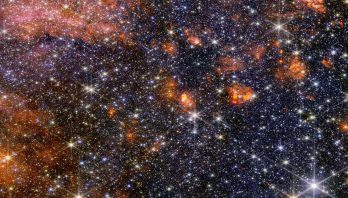
NASA’s Webb Explores Largest Star-Forming Cloud in Milky Way
NASA’s James Webb Space Telescope has revealed a colorful array of massive stars and glowing cosmic dust in the Sagittarius ...
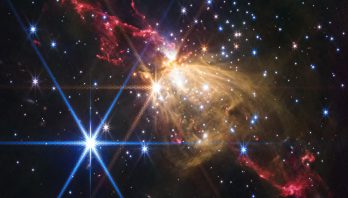
NASA’s Webb Observes Immense Stellar Jet on Outskirts of Our Milky Way
A blowtorch of seething gasses erupting from a volcanically growing monster star has been captured by NASA’s James Webb Space ...
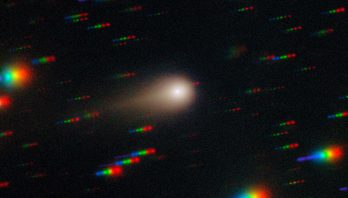
Gemini South Captures Growing Tail of Interstellar Comet 3I/ATLAS During Educational Observing Program
Astronomers and students working together through a unique educational initiative have obtained a striking new image of the growing tail ...
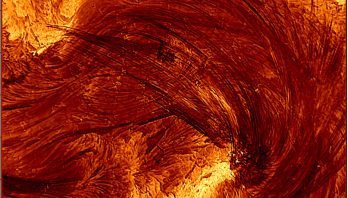
The NSF Inouye Solar Telescope Delivers Record-Breaking Images of Solar Flare, Coronal Loops
On August 8, 2024, the U.S. National Science Foundation (NSF) Daniel K. Inouye Solar Telescope captured the sharpest-ever images of ...
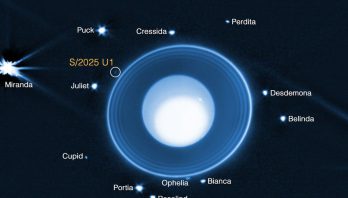
New Moon Discovered Orbiting Uranus Using NASA’s Webb Telescope
Using NASA’s James Webb Space Telescope, a team led by the Southwest Research Institute (SwRI) has identified a previously unknown ...

As NASA Missions Study Interstellar Comet, Hubble Makes Size Estimate
A team of astronomers has taken the sharpest-ever picture of the unexpected interstellar comet 3I/ATLAS using the crisp vision of NASA’s Hubble Space ...
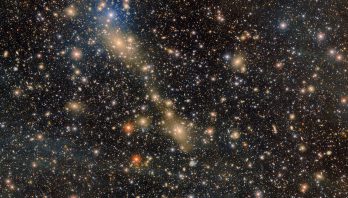
DECam’s Deep View of Abell 3667 Illuminates the Past of a Galaxy Cluster and the Future of Astronomical Imaging
An actively merging galaxy cluster is featured in this image assembled from a total of 28 hours of observations with ...

NASA’s Hubble, Chandra Spot Rare Type of Black Hole Eating a Star
NASA’s Hubble Space Telescope and NASA’s Chandra X-ray Observatory have teamed up to identify a new possible example of a rare class of black ...

Gemini North Discovers Long-Predicted Stellar Companion of Betelgeuse
Astronomers have discovered a companion star in an incredibly tight orbit around Betelgeuse using the NASA and U.S. National Science ...

Gemini North Observes Comet 3I/ATLAS
Interstellar objects are visitors from solar systems beyond our own, and the third ever such object, known as 3I/ATLAS, has ...
